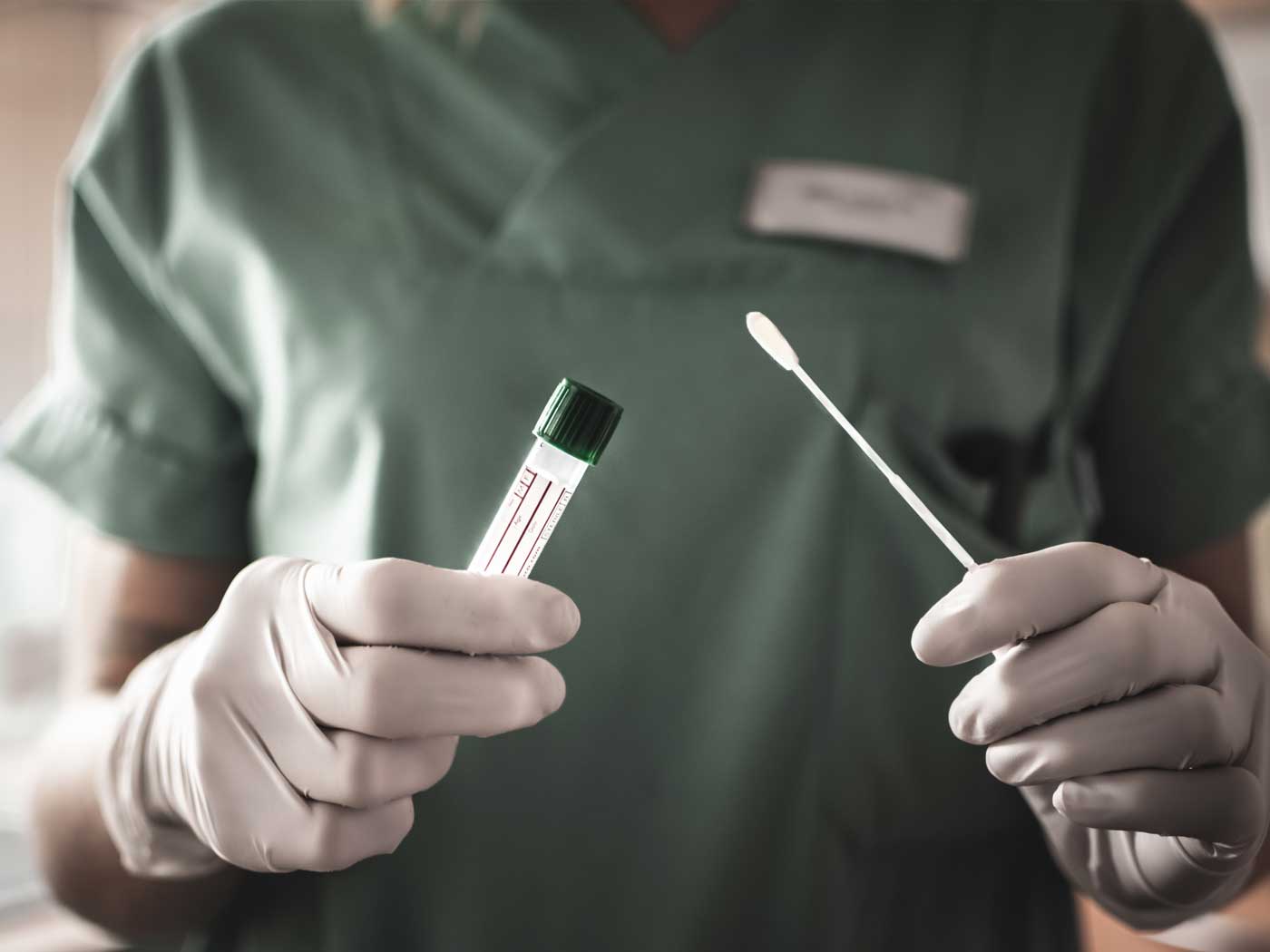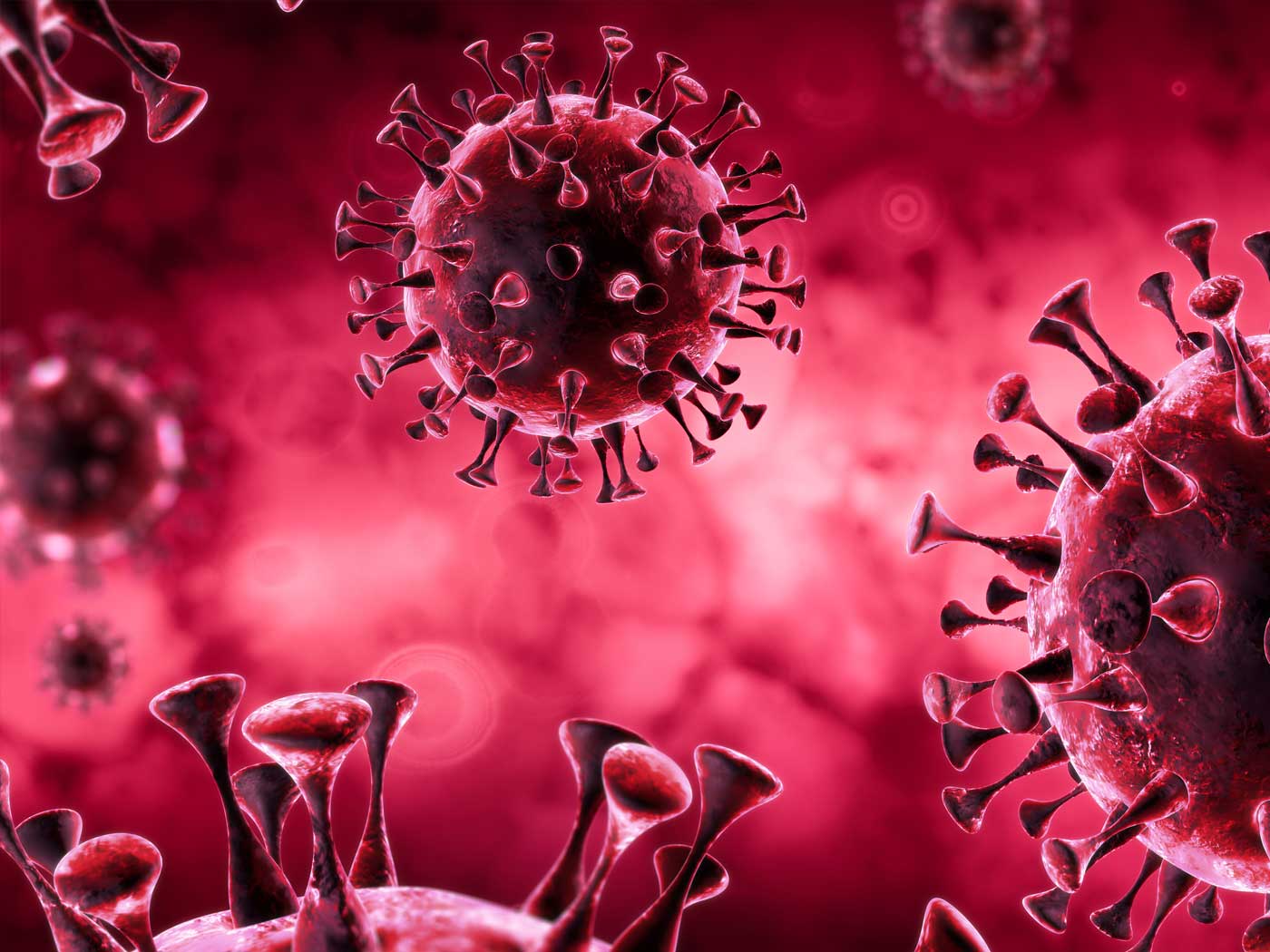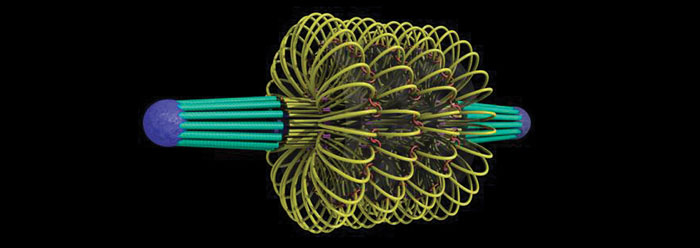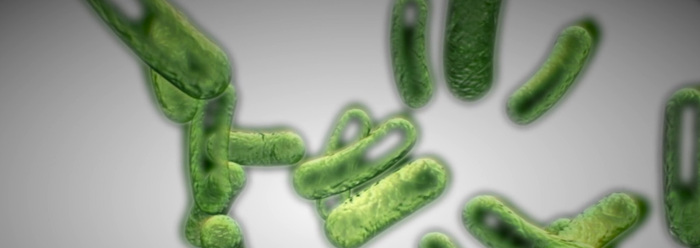How are deletions shrinking the size of the gene pool more and more going to produce more diversity?
Microbiology
Antibiotic Resistance in Bacteria Did Not Evolve
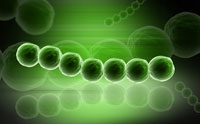 Certain classes of antibiotics can no longer eliminate a resistant strain of common skin-covering bacteria. This new strain can now cause infections as it grows amidst the non-resistant strains that are killed by the antibiotic.
Certain classes of antibiotics can no longer eliminate a resistant strain of common skin-covering bacteria. This new strain can now cause infections as it grows amidst the non-resistant strains that are killed by the antibiotic.
Although some observers claim this represents upward evolutionary development, amazing results from an in-depth analysis suggest that these bacteria were designed to make such changes and that evolution had nothing to do with it. More...
Antibiotic Resistance in Bacteria Shows Adaptive Design
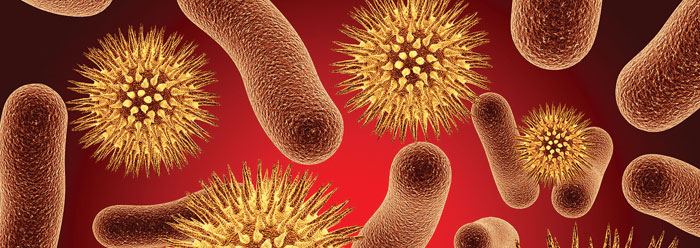
Bacterial survival in antibiotics has been taken as proof of evolution in action. But in-depth studies of the specific mechanisms for antibiotic resistance in bacteria show that no evolutionary processes are involved. One recent study even mentioned the possibility that bacteria are able to fine-tune the shapes of their own biochemicals in order to circumvent the harmful effects of antibiotics. More...
Bacteria Share Light Spectrum with Plant Leaves
 Plant leaves convert light into chemical energy for use in cells. Their biochemistry specifically absorbs the blue and red areas of the visible light spectrum.
Plant leaves convert light into chemical energy for use in cells. Their biochemistry specifically absorbs the blue and red areas of the visible light spectrum.
Now researchers have discovered that light-harvesting bacteria living on the surfaces of leaves gather energy from the green part of the spectrum, meaning that they cooperate rather than compete with plants. How did this perfectly balanced energy-sharing system come about? More...
Bacteria Share Metabolism through Nanowires
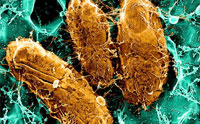 Researchers in Denmark noticed something odd when they examined seafloor sediment that had been left for a few weeks in glass tubes—foul-smelling hydrogen sulfide had been removed from the top centimeter of the mud.
Researchers in Denmark noticed something odd when they examined seafloor sediment that had been left for a few weeks in glass tubes—foul-smelling hydrogen sulfide had been removed from the top centimeter of the mud.
This could not happen so quickly by oxygen passively diffusing down into the sediment, so they set out to find what was expediting the chemistry. More...
Image credit: PNAS
Bacteria Study Shoots Down 'Simple Cell' Assumptions
 If life evolved from non-life through natural processes, then the organism most likely to resemble the first living cell would probably be the parasitic bacteria of the genus Mycoplasma. It has very little DNA and contains only a small number of proteins, and yet is a functional organism.
If life evolved from non-life through natural processes, then the organism most likely to resemble the first living cell would probably be the parasitic bacteria of the genus Mycoplasma. It has very little DNA and contains only a small number of proteins, and yet is a functional organism.
This “primitive” cell, however, is proving to be anything but simple. More...
Bacterial Compasses Point to Creation
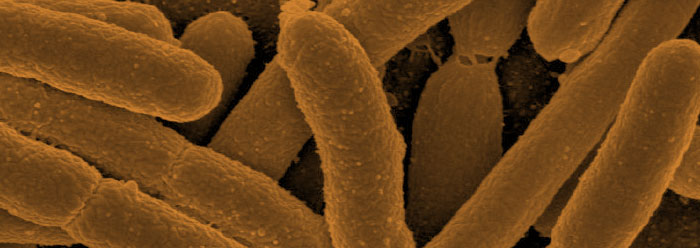
Certain bacteria can detect direction with ultra-tiny magnets that use bits of magnetic metals organized into structures called “magnetosomes.†Magnetosomes automatically orient to the earth’s magnetic field, and the bacteria use this information as a kind of cellular GPS when they’re traveling.
How did bacteria develop such a sophisticated ability? More...
Debating Design: The Bacterial Flagellum
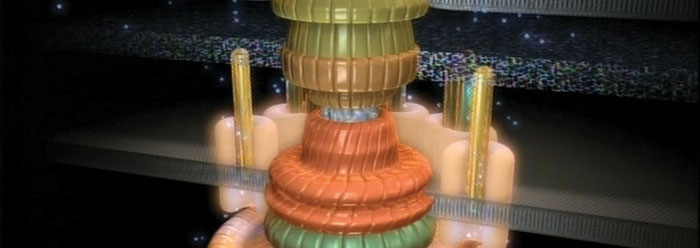
Molecular motors--machines made of protein on the submicroscopic scale--are clear evidence of creative design (Romans 1:20). However, scientists who approach the data from an evolutionary perspective are quick to counter such design in the evidence. More...
'Simple' Amoebas Can Farm Bacteria
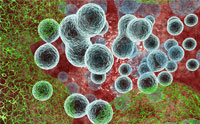 Not long ago, scientists discovered that what they thought was a spore-bearing fungal slime mold was actually a temporary congregation of forest-floor, single-cell amoebas. This presented evolutionists with a puzzle—was the organism in question a fungus or an amoeba?
Not long ago, scientists discovered that what they thought was a spore-bearing fungal slime mold was actually a temporary congregation of forest-floor, single-cell amoebas. This presented evolutionists with a puzzle—was the organism in question a fungus or an amoeba?
Now, the same creature has revealed even more evolution-defying attributes, as it has been observed "farming" bacteria for food. More...
Stressosomes: Bacteria's Ingenious Coping Mechanism
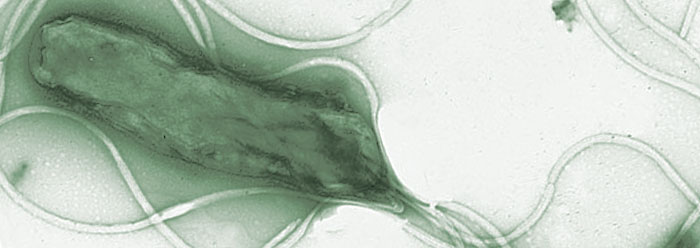
Molecular biologists have known that “stressosomes†play a role in enabling single-cell life forms to cope with ever-changing environments. Now, scientists have witnessed a cascade of biochemical signaling involving stressosomes that is instrumental in preparing bacteria to survive stressful or hazardous situations.
Did this remarkable system just evolve? More...
Study Demonstrates Complex Cells Could Not Evolve from Bacteria
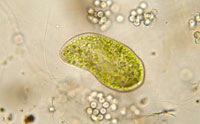 One mystery that naturalists have yet to solve is how randomly shaped and distributed chemicals were organized, concentrated, and combined into the first living bacterial cell. The next great mystery is how eukaryotic cells—or cells with a nucleus—could have come from bacteria.
One mystery that naturalists have yet to solve is how randomly shaped and distributed chemicals were organized, concentrated, and combined into the first living bacterial cell. The next great mystery is how eukaryotic cells—or cells with a nucleus—could have come from bacteria.
In their exploration of this key question, a pair of evolutionary biologists has unwittingly uncovered specific reasons why such cells could not have evolved from bacteria. More...







